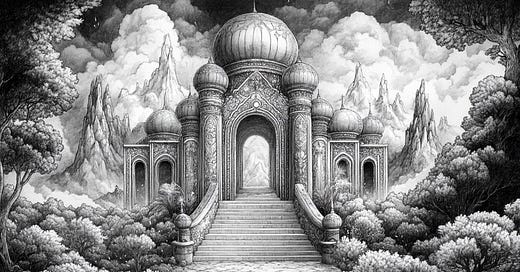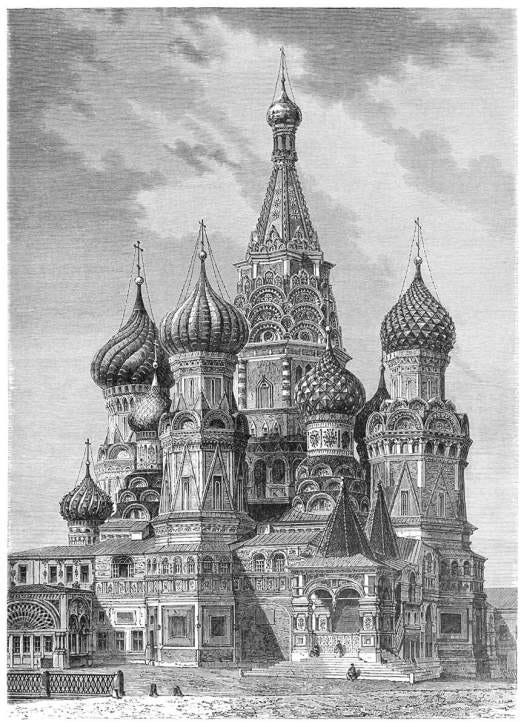According to Charlie Ziese, author of “76.345: Exploring the Hidden Secrets of the Golden Ratio,” when we step into the enigma of Tartarian architecture, we’re peering into a world that blended sacred geometry, aetheric engineering, and resonant design principles so advanced that they’d make today’s architectural curriculum look embarrassingly remedial.1 Ziese, whose meticulous work uncovers the recurring 76.345-degree angle as a fundamental key to these architectural marvels, reveals what might be an almost-forgotten mastery of space, shape, and energy.
The term “Tartaria”, as anthropologist Robert Sepehr vividly describes it, conjures an image of a vast empire spanning continents, a civilization steeped in technological and cultural sophistication. Wikipedia’s far more skeptical tone dismisses it as a hodgepodge of historical misconceptions, claiming that Tartaria was, at best, a generic name for parts of Central Asia. But as Ziese points out, such dismissals don’t explain away what seems like persistent evidence: stunning architectural relics that defy modern understanding, from ornate spires to domes whose precise geometries resonate at the frequency of Phi—the golden ratio—and its three-dimensional avatar, the 76.345-degree angle. Whether these relics belong to an empire erased by historical revisionism or not, they nonetheless echo principles we now know are associated with sacred geometry and subtle energies.
Keep reading with a 7-day free trial
Subscribe to Stream of Consciousness to keep reading this post and get 7 days of free access to the full post archives.






